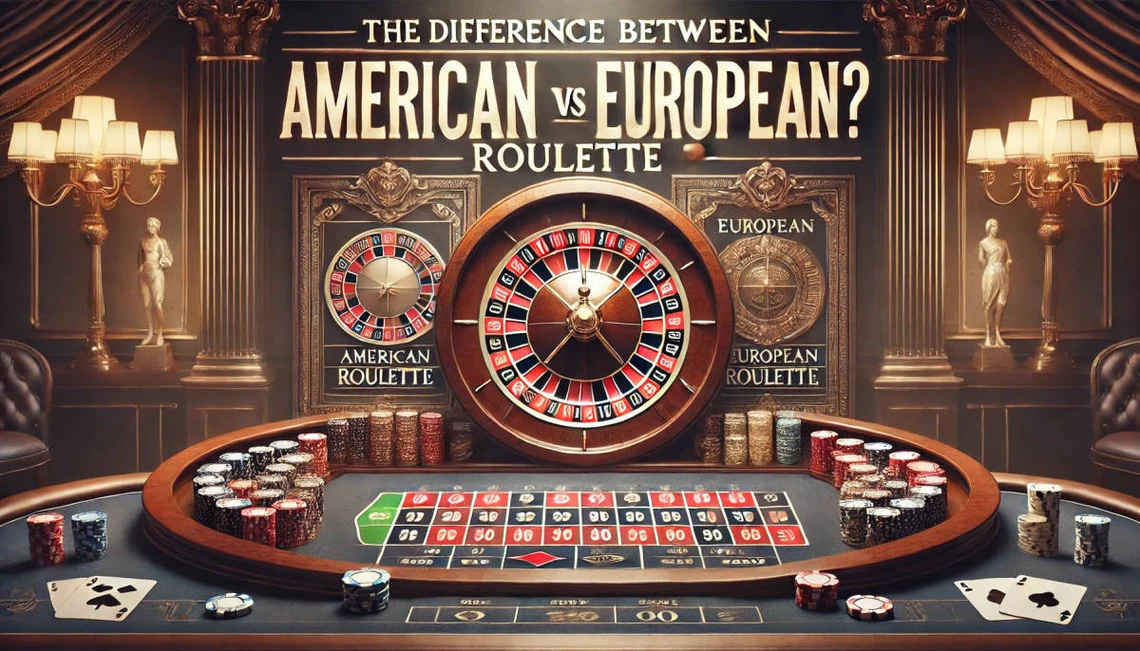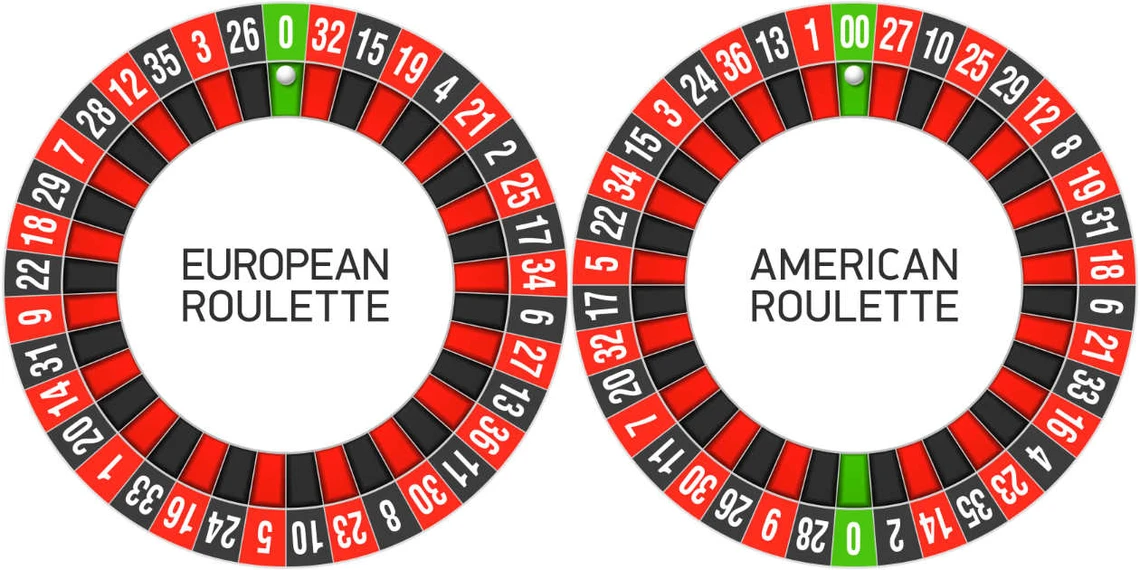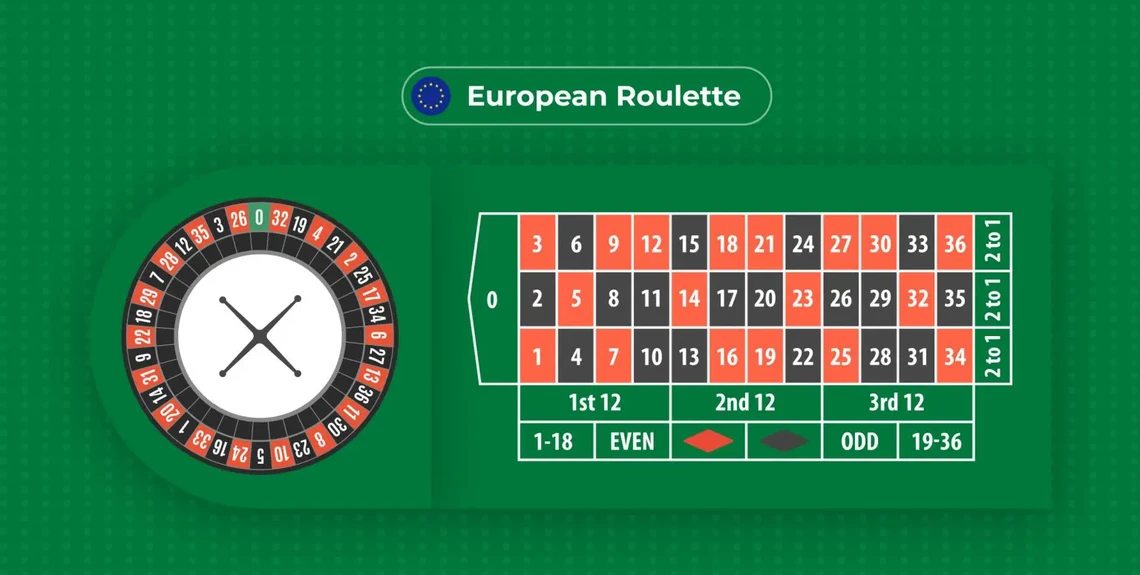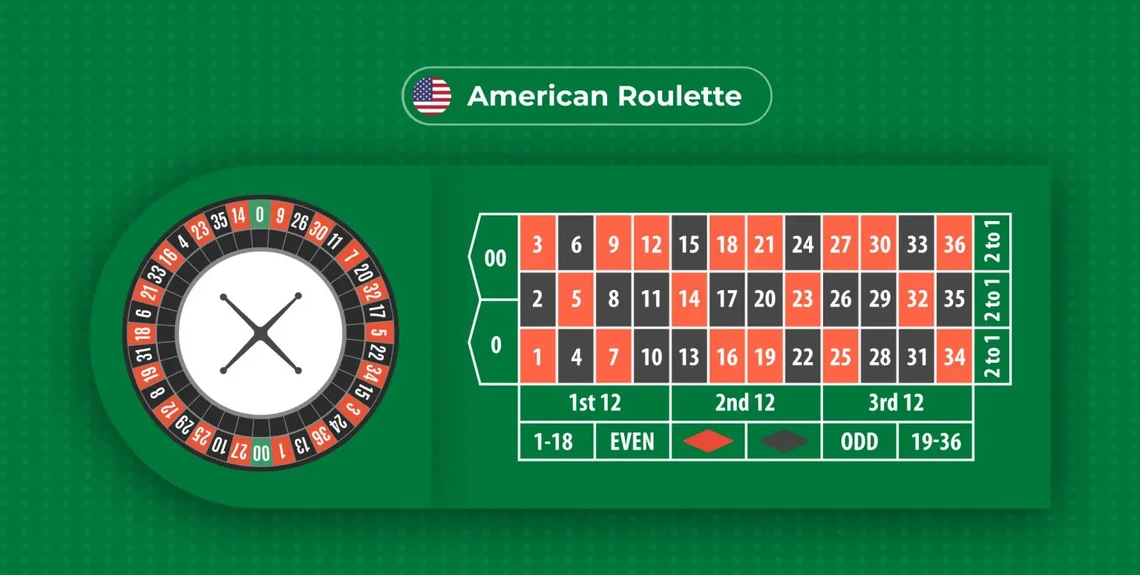
Difference Between American and European Roulette

Roulette is one of the most iconic casino games, renowned for its elegance and suspense. However, there are several variants of this game, including American roulette and European roulette. Understanding their differences is essential for players who want to maximize their chances of winning or simply enjoy the experience to the fullest.
Origins and Evolution of the Variants
Origins of European Roulette
Roulette originated in France in the 18th century and quickly evolved to become a popular game in European casinos. This original version is now known as French roulette, featuring player-friendly rules such as "La Partage" or "En Prison", which allow players to recover part of their bet if the ball lands on zero.
European roulette, primarily adopted in the United Kingdom, is a simplified version. While it retains a wheel with 37 pockets (numbered 0 to 36), it does not include the "La Partage" or "En Prison" rules. This means that even-money bets (e.g., red/black, odd/even) are completely lost if the ball lands on zero.
Birth of American Roulette
Roulette was introduced in the United States in the 19th century. To increase the house edge, American casinos added an additional pocket: the double zero (00). This version, with 38 pockets, has become the standard in North America and some other regions.
Key Differences Between American and European Roulette
The Wheel and Numbers
The primary difference lies in the wheel's layout:
- European roulette: 37 pockets (0 to 36).
- American roulette: 38 pockets (0, 00, and 1 to 36).
The double zero (00) in American roulette increases the house edge, making this version less favorable to players.

The Table Layout
- European roulette has a more compact table with numbers arranged in a straightforward manner, making bets easier to place.

- American roulette features a slightly different table, with distinct spaces for "0" and "00."

Specific Rules
- European roulette: Even-money bets, such as red/black or odd/even, are completely lost if the ball lands on zero.
- American roulette: The same rule applies, but the presence of the double zero further reduces the odds of success for all bets.
Probabilities and House Edge
House Edge
- In European roulette, the house edge is 2.7%, thanks to the absence of the double zero.
- In American roulette, the house edge jumps to 5.26%, meaning players are twice as disadvantaged compared to European roulette.
Probabilities for Common Bets
Let’s take an example of a straight-up bet (a single number):
- European roulette: Probability of winning: 1/37 (2.7%).
- American roulette: Probability of winning: 1/38 (2.63%).
The double zero slightly lowers the odds of success, and this effect applies to all bet types.
|
Aspect
|
European Roulette
|
American Roulette
|
|---|---|---|
|
Number of Pockets |
37 (0 to 36)
|
38 (0, 00, 1 to 36)
|
|
House Edge |
2.70%
|
5.26%
|
|
Probability of Winning an Even-Money Bet (e.g., red/black) |
48.64%
|
47.37%
|
|
Probability of Winning a Straight-Up Bet (e.g., number 17) |
2.7% (1/37)
|
2.63% (1/38)
|
Strategies and Player Preferences
Experienced players typically prefer European roulette, as it offers better odds of winning and a lower house edge. It also allows for progressive strategies, such as the Martingale system, to be implemented more effectively.
In American roulette, strategies must account for the impact of the double zero, making them riskier. However, this version is often chosen for its dynamic atmosphere and faster pace.
Availability of Variants by Region
- European roulette is predominant in European casinos and online gaming platforms.
- American roulette dominates casinos in the United States and parts of Latin America. If you visit a casino in North America, you are most likely to encounter this version.
Advantages and Disadvantages of Both Variants
European Roulette
- Advantages:
- Better odds for players due to the lower house edge.
- Simplicity of the table and bets.
- Disadvantages:
- Less common outside Europe.
American Roulette
- Advantages:
- Unique experience thanks to the double zero, adding an extra layer of excitement.
- Classic ambiance of American casinos.
- Disadvantages:
- Significantly higher house edge.
- Lower odds for all bets.
Conclusion
In summary, European roulette is more favorable to players, with a reduced house edge and a straightforward layout. On the other hand, American roulette, while faster and more iconic, is less equitable due to the presence of the double zero. If you aim to optimize your chances of winning, European roulette is the better choice. However, for a different experience or if you enjoy an extra challenge, American roulette can be an interesting option.
FAQ
- What are the odds of winning in European roulette compared to American roulette?
The odds are higher in European roulette, thanks to the absence of the double zero. - Is French roulette the same as European roulette?
No. French roulette includes rules like "La Partage" or "En Prison," which are absent in European roulette. - Why does American roulette have a double zero?
It increases the house edge, favoring the casino. - Can you play European roulette in the United States?
Rarely, but some casinos offer European roulette tables, especially online. - Which variant is better for beginners?
European roulette is recommended for its better odds and simplicity.